Starting an oil drilling operation requires careful planning and consideration of a wide range of factors. It is important to have a clear understanding of the location, resources, regulations, financing, and most importantly the oil drilling equipment and technology, such as oil and gas valves that will be used to make the operation a success.
The oil rig equipment used in the oil and gas industry are highly complex structures made of tough components. They are manufactured to be very strong and durable as that’s the only way the resources under the earth can be obtained. To know these oilfield tools and get a better understanding of their functions, we’ve prepared this article for you, along with the different oil drilling processes and some other details.
Different Types of Oil Drilling Processes
There are several types of oil drilling processes, including:
- Vertical drilling: This is the most traditional method of drilling for oil. A vertical well is drilled straight down into the earth to reach the oil deposit. This method is typically used for shallower oil deposits or for drilling into a specific layer of rock.
- Horizontal drilling: This method involves drilling a well at an angle, typically between 80 and 90 degrees, to reach a specific layer of rock. Horizontal drilling is used to access oil deposits that are not located directly underneath the surface.
- Directional drilling: This method is a combination of vertical and horizontal drilling. A well is drilled vertically to a certain point, then turns and drills horizontally to reach the oil deposit. This method is used to access oil deposits that are not located directly underneath the surface or to drill around obstacles.
- Offshore drilling: This method involves drilling for oil in the ocean. Offshore drilling typically takes place in deep waters, and the wells are drilled from platforms or ships.
- Fracking: This is also known as hydraulic fracturing, and commonly used to extract oil and gas from shale rock. This method involves injecting a mixture of water, sand, and chemicals into the ground at high pressure to fracture the rock and release the oil and gas.
Basic Oil Drilling Equipment
An oil rig is an essential onshore and offshore drilling tool. This large tool has many moving parts, with each having distinct functions in extracting oil and gas from the earth’s crust safely.
Below are the various types of drilling equipment used in extracting oil.
- Drill bit: The drill bit is the cutting tool at the bottom of the drill string that cuts into the rock to create the borehole.
- Drill pipe: The drill pipe is the long, hollow tube that connects the surface equipment to the drill bit and is used to pump drilling fluid to the bit.
- Drill collar: The drill collar is a thick-walled, heavy piece of pipe located above the drill bit that helps to maintain the weight on the bit and prevent the drill pipe from bending.
- Rotary table: A large circular mechanical device that is used to rotate the drill string and provide the necessary torque to turn the drill bit.
- Kelly: The kelly is a square or hexagonal piece of pipe that is used to connect the drill pipe to the swivel and rotates with the drill pipe to turn the bit.
- Swivel: The swivel connects the kelly to the drilling line and allows the drill pipe to rotate while the drilling line stays stationary.
- Drilling line: The drilling line is the cable or rope that is used to raise and lower the drill pipe and other equipment in the hole.
- Sand pump: Address the need to move sand and other slurries away from the drilling site. It helps to do the work of manual labor.
- Mud pump: The mud pump is used to pump drilling fluid (or “mud”) down the drill pipe and out of the drill bit, helping to cool and lubricate the bit and carry cuttings to the surface.
- Mud tank: The mud tank is used to store and mix the drilling fluid that is used in the drilling process.
- Degasser: A device that separates air and gas from the drilling fluid. It’s placed at the top of the mud tank.
- Shale shaker: An oil well drilling equipment that removes the mud from the cuttings to separate the oil from slurries.
- Derrick: Also known as the drill mast. It’s the large, vertical structure that supports the drilling line and other equipment at the surface.
- Top drive: A mechanical device that is used to rotate the drill string and apply weight to the drill bit. It’s mounted on the derrick above the rotary table.
- Blowout preventer (BOP): The BOP is a large, specialized valve that sits on top of the wellhead and is used to control the pressure in the well and prevent a blowout (an uncontrolled release of pressurized fluids).
Most Important Oil Drilling Equipment
Amongst the above basic oil well drilling equipment, there are some that are very essential and cannot be overlooked. They are:
Derrick
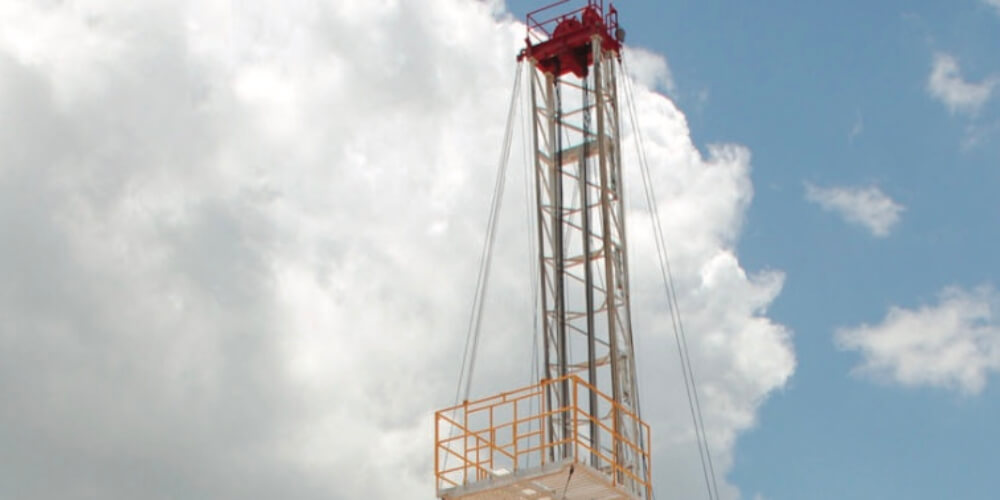
This is the tall, heavy tower that serves as a lifting device. Without the derrick, there’s no way the drill string can be lifted. And the drill string plays an important role in the operation of the system, so the derrick counts a lot.
Top Drive
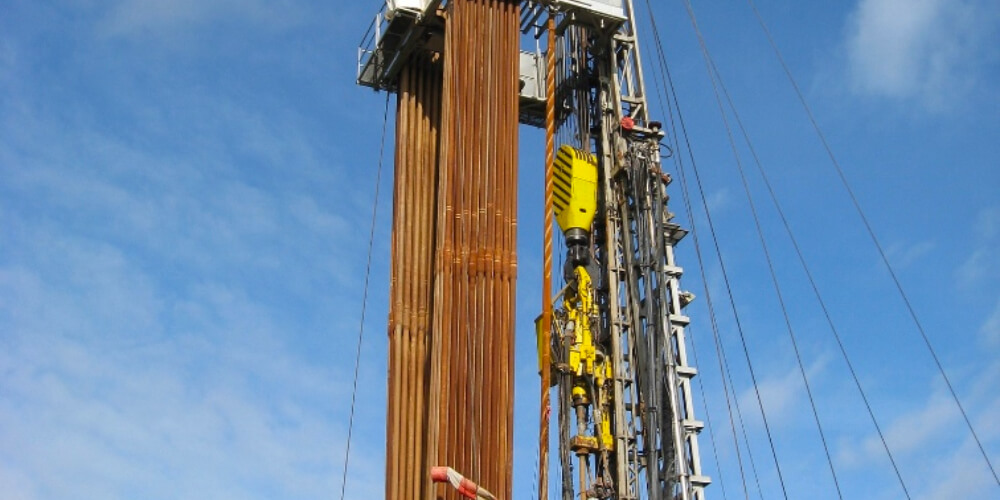
This is a motor suspended from the derrick; it’s responsible for turning the drill string and enhancing the process of drilling a borehole into the ground. The top drive acts as an ideal alternative to the rotary table since it allows for drilling longer sections of pipe.
Mud Pump/Mud Cleaner
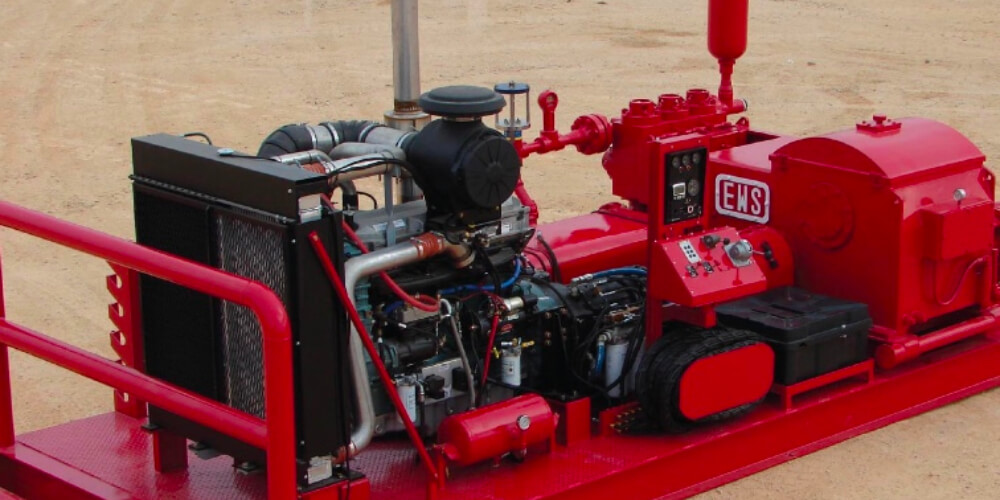
Just as the name implies, it’s a pump that helps move and circulate fluid through the oil drill system. It dispenses fluid down the drill string and back up the annulus under high pressure.
Sand Pump
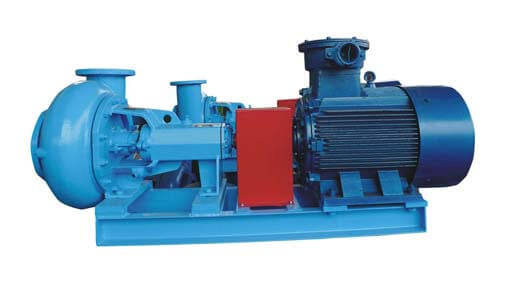
One of the essential oil exploration tools for locations that have many sand deposits. Sand pump is used for oil or fluid tanks that are filled with sand. It rotates around the central axis using a grooved disk to move the sand to somewhere off the site.
Shale Shaker
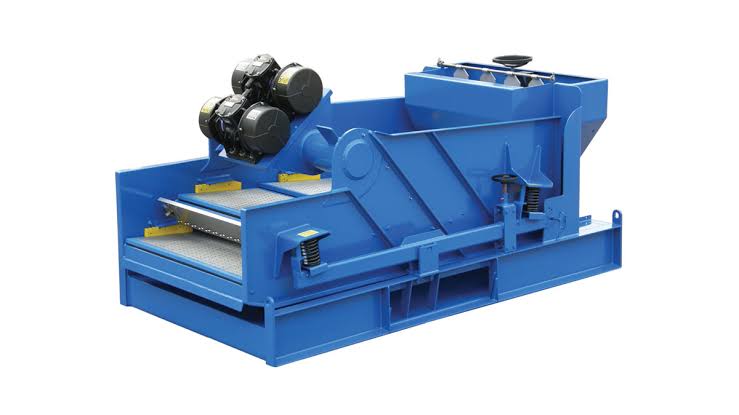
This oil rig equipment separates the cuttings of the oil well from the drilling fluid by running the shales through a vibrating screen. With this, the fluid will be able to flow back into the well for reuse, hence saving cost.
Degasser
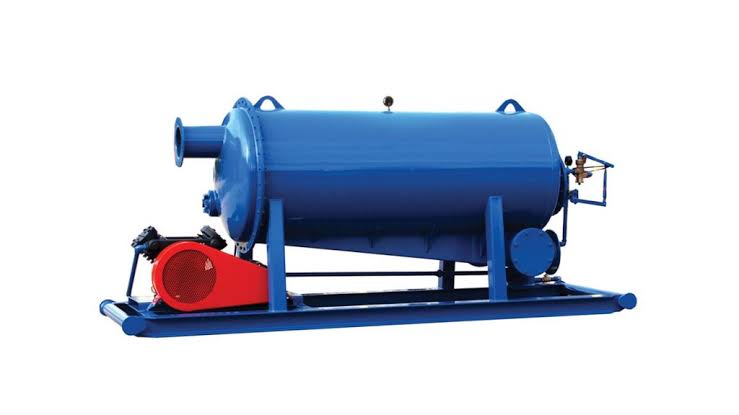
This tool removes the entrained gas within the drilling fluid or mud to reduce hydrostatic pressure. There are two types: centrifugal degasser and vacuum degasser. The centrifugal degasser is less efficient than the former.
Blowout Preventer
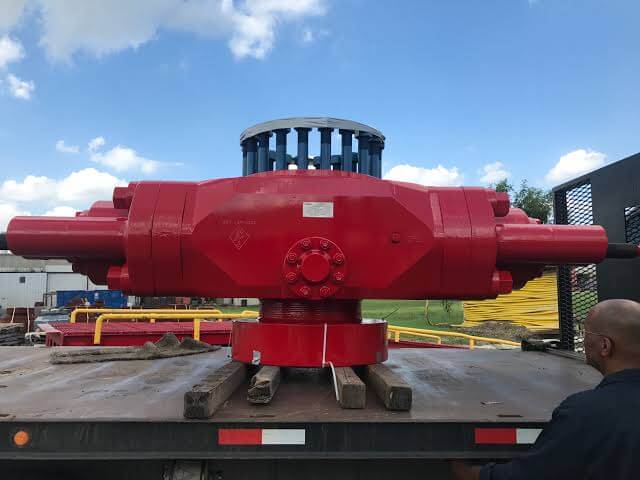
During drilling, oil can come out of the oil well under high pressure. This can be disastrous if the operator doesn’t control the pressure. But with the blowout preventer, the uncontrollable release of natural crude oil from the oil well can be controlled to safety. It has an industrial ball valve that can close the fluid flow.
Trends and Advancements in the Oil Rig Market
Leading companies in the industry, up to oil & gas valves and butterfly valve manufacturers are inclined to invest in technological development to ensure security and safety of oil drilling equipment. In fact, to meet the increasing demand of the market, the oil and gas industry is moving towards including unconventional sources of energy production.
Manufacturers are focusing on new inventions to boost their productivity. Initiating the use of Internet of Things (IoT), simplified use of physical objects and sensors is used to measure the flow accurately. The use of these technologies and innovations have enabled exploration of new oil and gas sources for the energy industry. This has greatly helped in meeting with the rising demands in the oil and gas industry.
5 Things to Consider When Starting Oil Drilling
Oil drilling is a complex and highly regulated process that requires a significant investment of time, money, and equipment. Before starting an oil drilling operation, there are several major considerations that must be taken into account to ensure that the project is successful.
- Power Systems: An oil drilling system cannot be operated without adequate power supply, which is primarily derived from the large diesel engine. The power system is installed on the rig, usually at the ground level.
- Resources: Another major consideration when starting oil drilling is the resources that will be required for the operation. This includes equipment, personnel, and materials. It is important to have a clear understanding of the costs associated with these resources, as well as the availability of them in the area.
- Regulation: Oil drilling is a highly regulated industry, and it is important to be familiar with the regulations that apply to the operation, such as the API and ASME. This includes obtaining the necessary permits and approvals, as well as compliance with environmental and safety regulations.
- Financing: Starting an oil drilling operation requires a significant investment of capital. It is important to have a clear understanding of the costs associated with the project and to secure the necessary financing. This includes identifying potential investors and lenders, as well as understanding the terms and conditions of any funding.
- Technology: The oil and gas industry is constantly evolving, and it is important to stay up-to-date with the latest technology and techniques. This includes advancements in drilling methods, safety and environmental protection, as well as data analysis and management.
Conclusion
Besides the essential oil drilling equipment mentioned in this guide, another very important tool is the valve. It ensures the smooth flow of fluid and acts fast in opening and stopping the flow.
Serving as one of the leading industrial valve manufacturers, Dombor supplies different types of valves, including ball valves, butterfly valves, gate valves, globe valves, check valves, and many more that assist in regulating the flow of fluid and smoothening the oil drilling operation. To get the best products and enjoy outstanding services, you can reach out to us, one of the reliable valves manufacturers.









